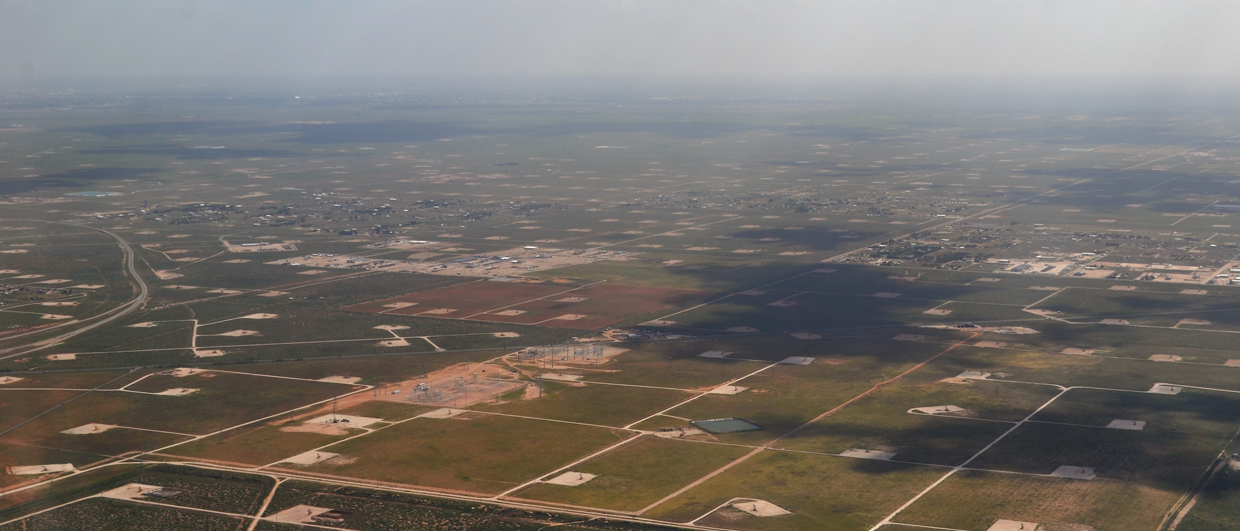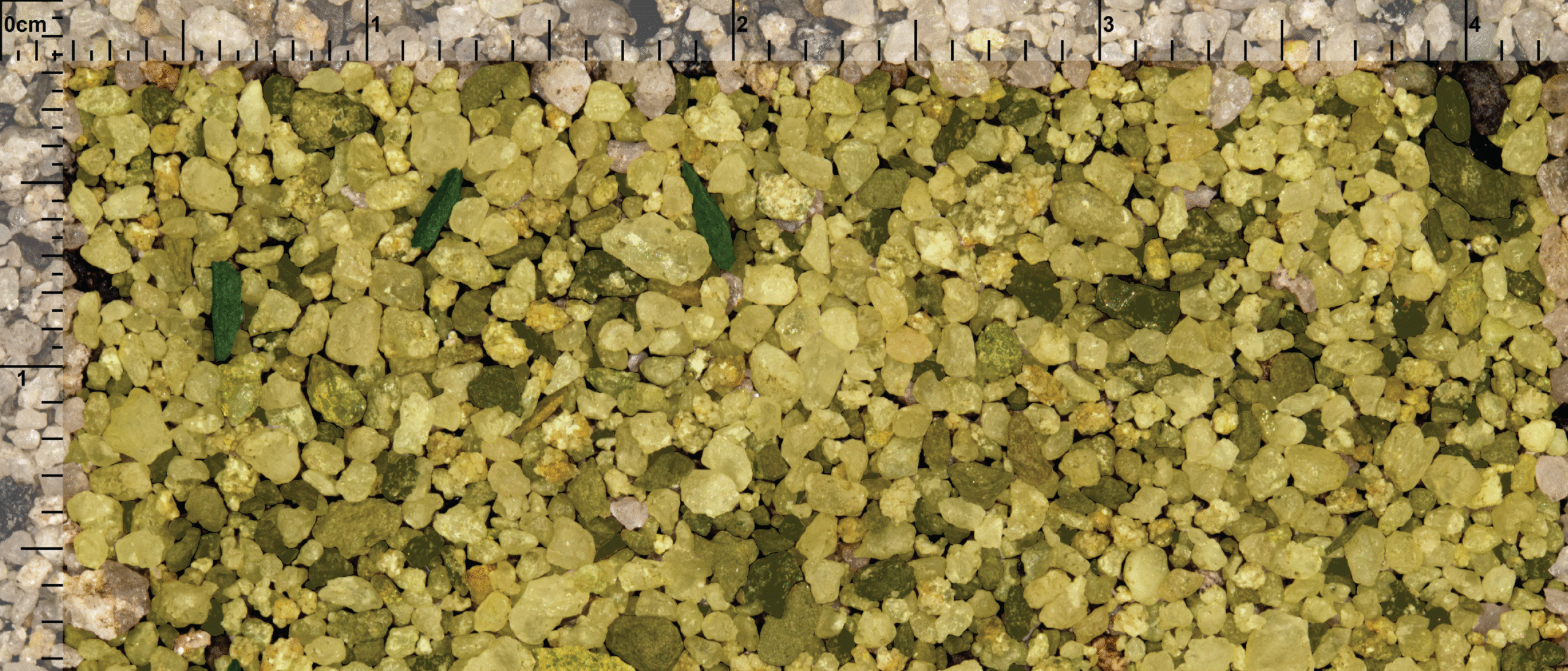With reports that output from the US shale basins is creaming, combined with price pressure on production and environmental concerns, there has never been a better time to invest in technology to ensure competitiveness. And it is needed, given the importance of US LNG in the global market, especially the EU.

The recent URTeC very much breathed this mindset.
From new seismic acquisition and processing technologies, to dynamic drilling and geosteering data integration tools to optimise well placement and completions, the industry’s continuing hunt for leveraging differentiating technology and common-sense collaboration was palpable.
It’s what the market calls “Shale 3.0.”
As could be expected, improving oil and gas recovery from maturing assets in the Permian basin was one of the key topics during the event. This is increasingly being done through a better understanding of parent-child wells’ performance through iterative dynamic modelling of wells. All with the objective to improve resource development strategies, planning, and execution to increase production and recovery.
The potential for Artificial Intelligence (AI) came across in many disciplines discussed during the conference as well. Ranging from deriving more insights from data than would otherwise be possible, such as seismic, logs and drilling and completion data, to decreasing cycle time and automating repetitive tasks. However, one of the concerns that is now being talked about is how data and operations will be safeguarded. It seems as if the industry is now increasingly waking up to that question.
At the same time, increasing penetration of oilfield digitalization at scale is also lowering operating costs, with examples being presented on improving drilling and completion execution, reservoir surveillance, production performance, fluid reinjection and safety and environmental performance.
Reducing emissions and carbon capture, utilization and storage (CCUS) at scale to combat climate change also featured heavily at URTeC. In that light, the Permian Basin hosts a prime example of engineering that goes into CO2 capture; Oxy, through its subsidiary 1PointFive, operates the largest direct air capture (DAC) facility of this kind.
Staying with the environmental side of things, changing approaches on managing increasing volumes of produced water from oil and gas production in unconventional resources is also a big thing in Shale 3.0. Water resource conservation, both at surface and in the subsurface, has become ever more critical, as civil and agricultural communities rightly point out the sheer volumes of wastewater injection and the relation to induced seismicity.
In that regard, the Texas Railroad Commission recently announced increasing permit requirements for wellheads and wastewater reinjection, which is estimated to increase disposal costs by 20-30 % or up to $1 per barrel of water. This will hopefully incentivise the industry to become more efficient when it comes to managing waste water streams.





